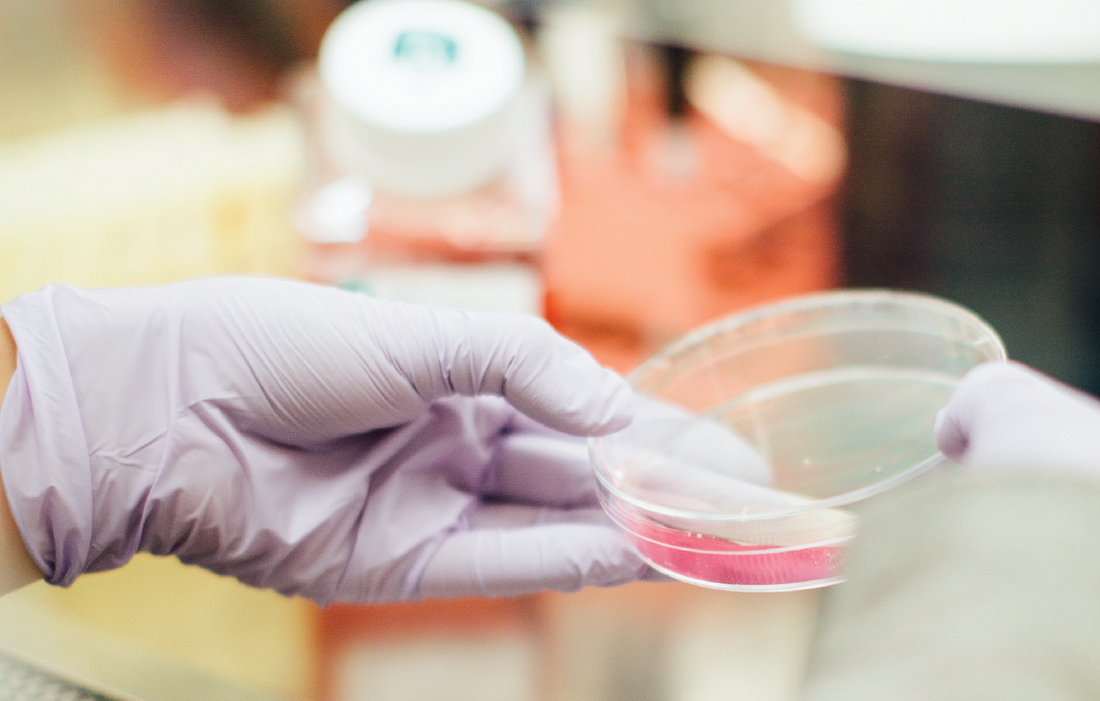
Chemical Treadmill
Share
Let’s talk Integrative Pest Management (IPM)
Are you on the “Chemical Treadmill”?
Any pest control product that is applied does NOT just disappear into “thin air”. A pesticide, chemical or antibiotic must either be metabolized, broken down chemically/physically, or it remains as a residue in the environment or host organism. Most often, it does not just impact the target pest but also may harm the host or area being treated.
Synthetic pesticides were introduced beginning in the 1930s and onwards. These allowed for many agricultural systems to develop a low cost & ease of application model. These systems often included:
1) Calendar-based application programs
2) Prophylactic use in animal and plant production systems
3) Zero-tolerance to pest
4) Low labour costs
5) Low knowledge requirement
Broad-spectrum pesticides kill both the bad and good organisms they encounter in many cases. There is ample evidence to criticize the blanket use of any application in a system as complex as the micro-organism/immune/neuro interaction of the gut microbiota.
Prophylactic use of antibiotics/chemicals:
1) Impacts intestinal flora
2) Promotes development of resistant strains
3) Accelerates the development of resistance
4) Increases frequency of replacement chemicals / drugs
5) Increases the toxicity of these replacement products
6) Increases frequency of applications
Once you get to these stages you are on the “Chemical Treadmill”. People start adapting new or more frequent changes to the chemicals needed in response to the “pest” species adapting to them.
This type of program has proven time and time again to lead to less sustainable models (financially and socially) of farming and ecological systems. Costs in these types tend to increase over time and often it goes un-noticed until costs or losses get to a catastrophic levels due to induced resistance.
So what can you do?
Integrative Pest Management is looking at all the tools in the toolbox and deploying them in a way to work together synergistically to manage the pest species in questions.
Firstly it is about the Best Management Practices (BMP). These include optimum nutrition, stress reduction, good equipment and realistic production levels on farms. Doing these well help produce animals that have the resources and condition to manage a few health challenges and recover in a way that is manageable.
Secondly, it is about a good hygiene. Keeping equipment and facilities clean and organised. Proper use of cleaning chemicals stc.
Thirdly is monitoring. Monitoring for the pest species in question will give you a good indicator of when to treat or even if the pest or parasite. If you don’t look you will always be in the dark as to what is going on. Many robust systems can manage pests or infections at low levels without any harm to the host or environment.
Fourth is the use of biological control options. Using nature to manage nature and understanding of nature cycles and systems. In many occasions there is multiple organisms or predators that can troll pest species by eating or eliminating them. In fact antibiotics are the chemicals fungus use to fight bacteria in their environment.
Our animals and our environment can’t absorb the impacts of our chemical misuse forever. It’s time to make some different decisions.


